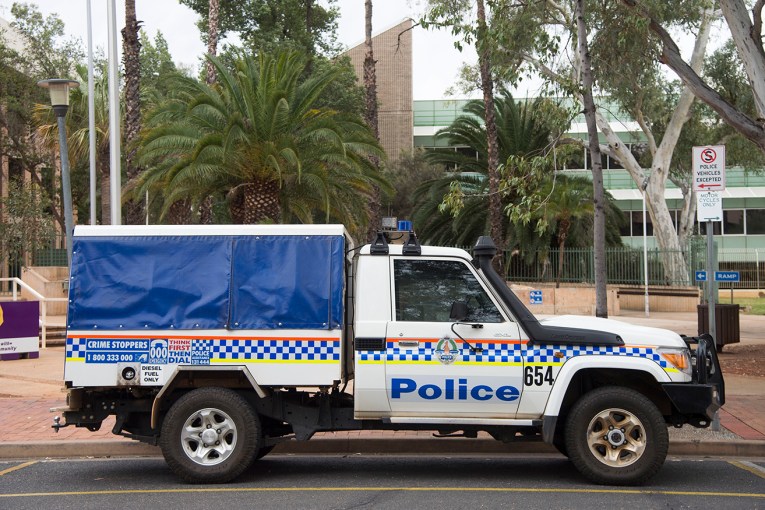Disputed flood timeline shows confusion about state-federal responsibilities still reigns

Nearly 18 months after a royal commission sought to clarify state-federal responsibilities in natural disasters, conflicting accounts about the response to New South Wales flooding suggest deep confusion between both levels of government.
Outlining the Commonwealth’s responsibility in case of natural disasters was a central recommendation of a national inquiry that followed the Black Summer bushfires.
The royal commission recommended the government take “further action, and do so sooner, to protect lives and property in the future”.
The resultant legislation endowed the Prime Minister with the power to declare a national state of emergency, in conjunction with or independently of the states, to put federal agencies on an emergency footing in the event of crisis and to give it an unambiguous role.
But clashing views from former state emergency chiefs, who say the Commonwealth dropped the ball, and the federal government’s own natural disaster chief show that, as flood waters rose, uncertainty prevailed.
NSW Labor leader Chris Minns seized on the disagreements between the state and federal Liberal governments.
“These governments need to stop pointing fingers at each other and do their jobs,” he said.
“The truth is no one did enough.”
Politics has coloured Mr Minns’ conclusion but it has a lot of merit.
Conflicting accounts
The NSW SES is not denying reports it twice turned down the offer of help from the defence forces, but suggests it only did so before the flooding appeared serious.
“NSW State Emergency Service plans for weather events based on weather and flood predictions provided by the Bureau of Meteorology, and real-time information gathered by members in the field,” a spokeswoman told TND.
“On the 25th February, the forecast from the Bureau of Meteorology was that the Northern Rivers would only see minor to moderate flooding. The severe weather event that led to flash flooding around the Central Coast and surrounds was easing.”
It was on February 28, when severe rainfall led to the levee at Lismore breaching, that the SES says it made a subsequent request for assistance from the defence forces.
The Defence Department will also not expressly comment on reports of unheeded offers, but it has emphasised it was poised to offer help much sooner than it did.
It was only after the federal government activated a plan that allowed for defence deployment that the department was able to begin dispatching resources on the ground.
When it did so, it was in response to a request from a “regional state emergency services NSW representative”, a Defence spokesman said.
That work was apparently limited and involved the local Lismore Army Reserve supporting local SES teams with “door knocking, sand bagging and assisting in some minor transport with higher-clearance vehicles”.
Defence then says it began moving “assets in anticipation of requests for support”, including helicopters, on February 27.
The following day, the department received another request to make use of its rescue helicopters, high-clearance vehicles and support with evacuations and sand bagging.
Local flood support
It was only on March 4 that the department said it received a request from the state for what it calls the “overarching provision of assistance from personnel and equipment”.
Defence then provided further air support and search and rescue but also road clearance, debris removal, damage assessments and help restoring the operation of inundated critical infrastructure.
Critically, though, NSW says it was completely unaware of the scale of support that could have been available to it.
Initially, the state says that only 280 troops were on offer and it was only on March 4, on the very day it made the request, that state authorities had learned via the media that a full deployment of up to 2000 troops could be made available.
A similar confusion surrounds the invocation of the natural disaster declaration.
When Mr Morrison made the announcement last week on March 9, appearing in flood-ravaged Lismore, he was criticised for acting too late in issuing a designation he said was essential for cutting “red tape”.
The Premier of Queensland, Annastacia Palaszczuk, turned down Mr Morrison’s offer, which she said was a week late.
In contradiction to the criticisms of ex-officials such as the former NSW fire commissioner Greg Mullins, the head of the Commonwealth’s disaster agency has said the federal government could not have acted any sooner.
Emergency Management Australia director-general Joe Buffone said the federal government could not act independently of the states.
“The way this declaration is right at the moment, it actually wouldn’t have changed our posture at all,” Mr Buffone said.
“The Commonwealth does not have the legal authority to take over or respond without authority from the state.”








